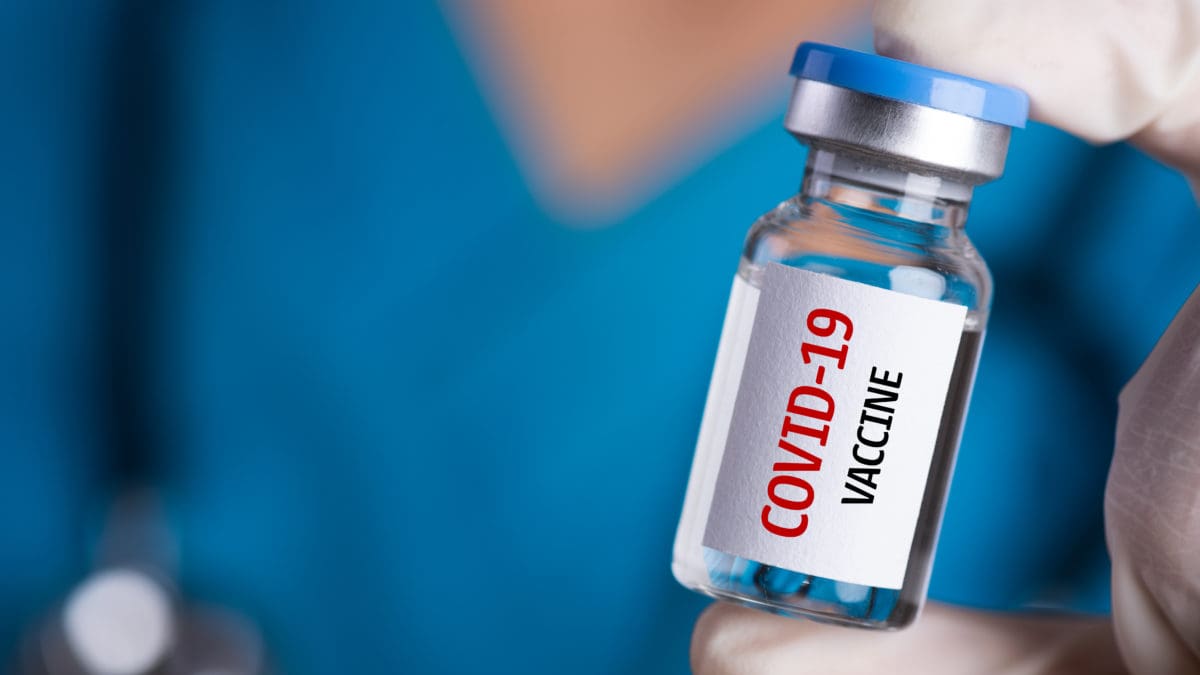Science offers hope in the search for vaccines and treatments for COVID-19, writes Bernard Mallee


As the world struggles to get to grips with COVID-19, all eyes are on the response of scientists and biopharmaceutical companies. The urgency to deal with the pandemic is pushing thousands of scientists across industry and academia to turn to their portfolios of approved drugs or compounds that are in early testing and screening to see whether any of them can take down the virus. The lines between public and private interests are blurring in the race to find vaccines and treatments that can finally halt the spread of COVID-19.
Repurposing drugs designed to treat other diseases to now treat COVID-19 is one of the quickest ways to find a new therapy to control the pandemic. The standard route to developing new drugs is long and expensive. It can take up to 13 years and cost more than €2 billion to develop and bring to market a single medicine. Usually, these attempts fail. With the pace at which COVID-19 is infecting new hosts across the world, trials are being accelerated, telescoping the normal development and testing time.
Johnson & Johnson expects to start human clinical trials on a lead vaccine candidate by September, with the first batches available for emergency use by early next year. Pfizer has signed a deal with Germany’s BioNTech to co-develop a potential vaccine while Eli Lilly and AbCellera are working together on antibody products. AbbVie has announced it is donating US$35 million to COVID-19 relief efforts, as well as exploring the potential of an antiretroviral therapy for HIV to treat COVID-19. Scientists at MSD are assessing antiviral and vaccine assets to see whether any could be applied in the treatment of COVID-19. GSK and Sanofi are combining efforts to develop an adjuvanted COVID-19 vaccine. The plan is to have it available in the second half of next year. There are many other examples.
Ultimately, a vaccine for COVID-19 is the only way to steel the world’s population against new waves of infection. While a medicine would treat the disease, a vaccine would stop people getting it in the first place. Traditionally, vaccines are created by using compromised forms of a virus. When the body is exposed to the vaccine, it is then programmed to recognise the actual virus and fight it. Some COVID-19 vaccine projects are using this approach while others are using newer technologies. For COVID-19, we need a vaccine that can spur the body to block infection through a battery of antibodies and immune cells trained to recognise and destroy it.
People want a vaccine – and fast. An effective vaccine could provide herd immunity without the mortality that comes with letting COVID-19 run riot. It would offer a path back to the social and economic normality we took for granted just two short months ago. Most experts believe it will take a year to 18 months to develop, test, approve and manufacture a vaccine. Although that seems like an age now, it would be a major achievement. Vaccines take time to develop – years, if not decades.
Scientists got a head start when the complete genome sequence of COVID-19 was quickly identified and shared. The experience was there with similar viruses such as MERS, SARS, HIV, herpes and hepatitis, particularly B and C. Several biopharmaceutical companies have potential medicines in various stages of development, and some existing medicines are in late phase clinical trials. Various collaborative projects, some of them guided by programmes such as Europe’s Innovative Medicines Initiative, are exploring vaccine technologies for early phase clinical trials.
Scientists are combing existing treatments for other diseases – for example, HIV, malaria and arthritis – to see whether any could work for COVID-19. The excitement about finding a cure for COVID-19 is understandable. But we should avoid overplaying the effectiveness of medicines options before strong clinical evidence is gathered. There must be no short-cuts on the testing needed to ensure a treatment or a vaccine is safe and effective.
This is World Immunisation Week – a good time to recall the human health value of vaccines. With the exception of clean, safe drinking water, vaccination is one of the most successful and cost-effective public health interventions ever. Vaccines have ridded the world of smallpox, driven polio to the brink of eradication, and virtually eliminated measles, diphtheria and rubella in many parts of the world. HIV treatment and prevention mean what was once a death sentence is now a chronic disease. The World Health Organisation estimates that vaccines save up to three million lives every year.
But the road to disease prevention can be long. Take the Ebola outbreak in West Africa in 2014-15. Several biopharmaceutical companies responded as best they could to the humanitarian crisis by trying to develop a vaccine, with varying degrees of success. In 2015, the first vaccine for the disease was deployed in Guinea. In 2002 and 2003, the SARS outbreak came and went before a vaccine could be produced. There is still no protective vaccine for SARS.
This is a time for unity of purpose, as well as for hope. Our industry, in partnership with the Government, universities and health and research organisations, is working around the clock to crack the code on a way to prevent or stop COVID-19. Our manufacturing sites are at full tilt and the medicines supply chain is functioning well. Out of this will come a renewed focus on preventative healthcare, guarding against future ‘black swan’ events. From there, our industry has much to contribute to economic recovery – the great healing all of us yearn.
Bernard Mallee is Director of Communications and Advocacy at the Irish Pharmaceutical Healthcare Association.
ENDS


